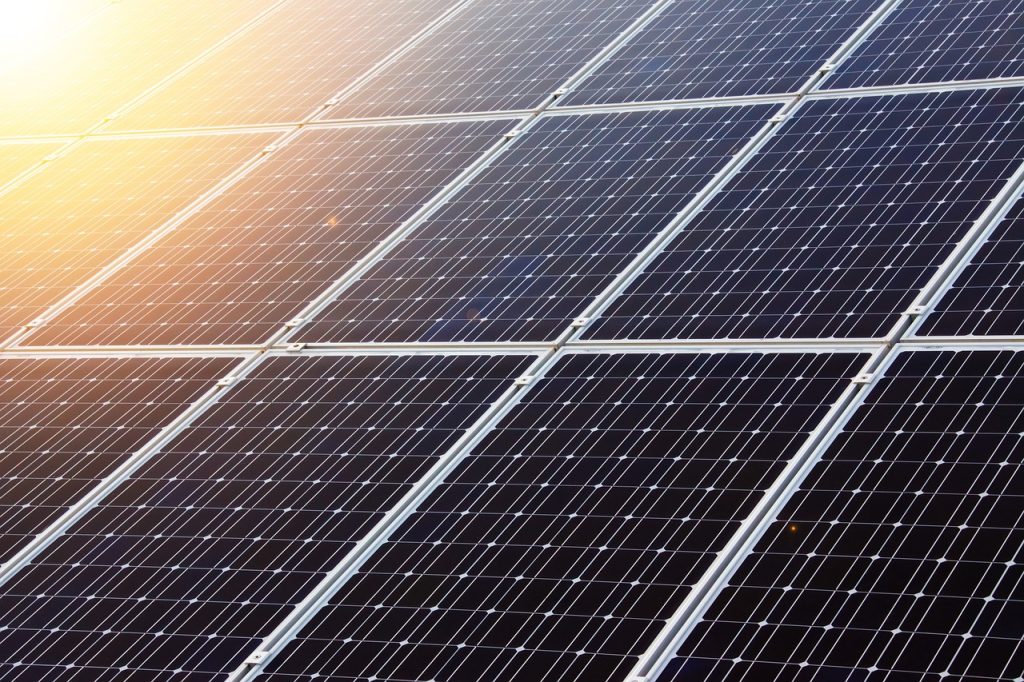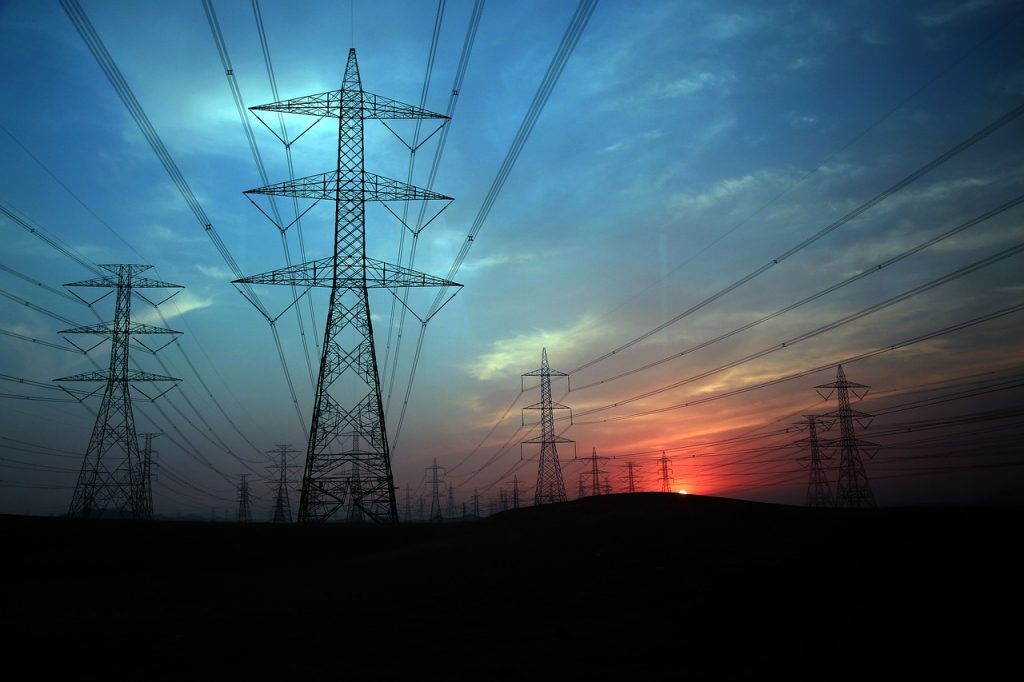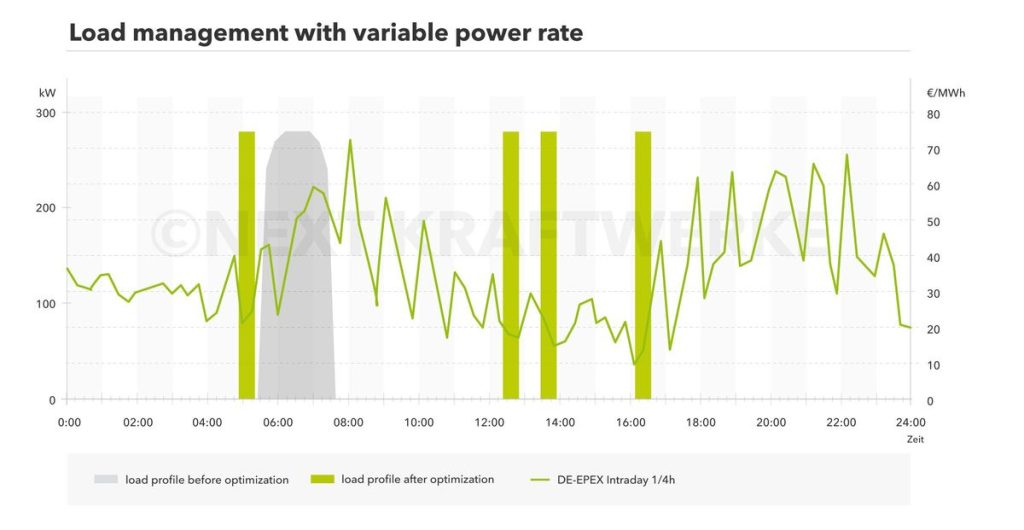Balancing Energy
Use your Power to Stabilize the Grid
The increased volatile feed-in of renewable energies brought a challenge to managing power grids: a stronger fluctuating grid frequency. These fluctuations need to be minimized in order to keep the grid stable. Aggregated in a Virtual Power Plant (VPP), distributed assets can play a vital role in levelling out these fluctuations. GTPower networks small-scale producers, storage units residential and commercial grid-tie in its VPP and thereby provides access to profitable balancing energy markets.
Balancing Energy from Distributed Assets
Today, not only large power plants can provide balancing energy. Aggregated in a Virtual Power Plant, flexible assets like biogas plants, hydropower units, Residential and Commercial grid-tie systems, batteries and even emergency generators can help stabilize the grid and thereby generate additional revenues. Smaller units often have a shorter reaction time and combined in a VPP they offer a higher granularity in catching fluctuations.

Requirements for the Provision of Balancing Services
Different countries have varying balancing service products and requirements. But generally speaking, if you are operating an asset that has the capability of ramping up or down its power production, you can provide balancing energy through a VPP. Once your asset is prequalified (technically and functionally checked for complying with the transmission code), the unit will be part of the VPP providing balancing energy. In case of a frequency imbalance the VPP will receive an order from the NCC (The ESO’s Electricity National Control Centre (ENCC) is GB’s centralised hub for electricity system operation) requesting a certain amount of power in order to balance out frequency deviations. (in Kenya)
For providing balancing energy, your asset needs to provide the following features:
- Continuous power production
- Possibility for remote control of your asset
- Fast reaction time of your asset’s power production


Demand Response
Power consumption processes of C&I consumers can play an important role in providing balancing energy and help owners to generate additional profit. In this way, companies can generate revenues where they normally only have costs. The provision of reactive flexibility does not interfere with the main purpose of the industrial purpose. The operator or factory owner sets the restrictions in which the process can provide flexibility. The actual call for flexibility only uses a fraction of the entire consumption process.
Additional Revenues through Demand Response
More consumption processes than you might imagine are suitable for providing balancing energy. The following aspects are indicators that your process might also be able to provide demand response services:
Continuous power consumption
Possibility to temporarily reduce load within the consumption process
Possibility to ramp up the consumption on short notice
Existence of a buffer (batteries or storage tanks, silos)?
Automated consumption control via process control technology
Existence of own power production on the companies premises (emergency generators, power to X, etc.)

